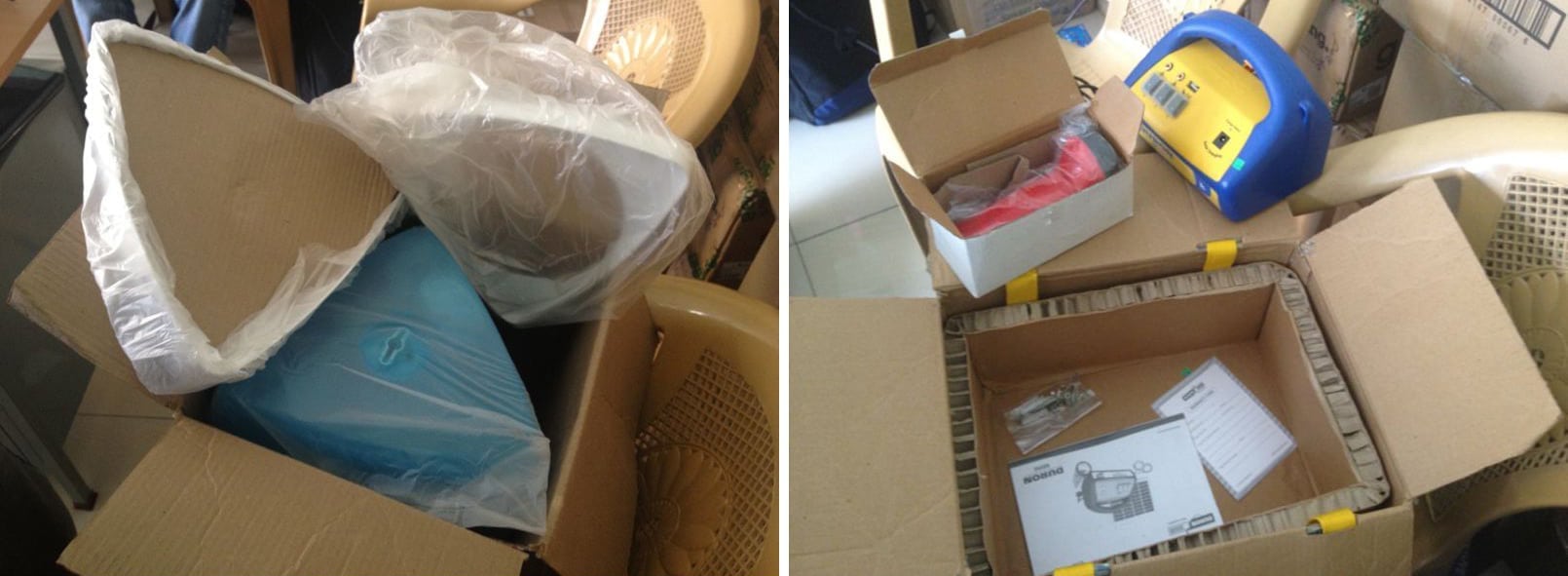Engineers often run into the same problem when creating new products designed to make a positive impact: unintended consequences. It’s common to solve one problem, say, hygiene, while creating other problems, such as plastic waste. Venturewell, a non-profit accelerator for startups based on social impact technologies, advises student engineers who encounter the problem regularly. So much so that they made an online toolkit to counter accidental environmental hazards built into designs.
“Most teams think a lot about usability in design, and might think about more sustainable suppliers, but they rarely think about end of life,” – Janine Elliot, Venturewell
In one example, an engineering team under Venturewell’s guidance was working on a medical device for public health in Ethiopia. Key requirements of the design were affordability and it had to be for one-time use only. The goal was to make it disposable to ensure its sterility and to produce a recurring income stream for the business. The design team built plastic prototypes then quickly realized they were not disposed of safely. Hospitals burned them out back with other medical waste or dumped them into streams. A redesign solved the problem by changing the materials from plastic to cardboard. They were still affordable and sterile, but also safe to burn at disposal.
“Most teams think a lot about usability in design, and might think about more sustainable suppliers, but they rarely think about ‘end of life,’ so that’s where we’ve seen some interesting ideas emerge,” says Janine Elliott, Senior Program Manager at Venturewell and one of the architects of the toolkit.
“We started with the belief that ‘green’ invention should not only apply to typical ‘cleantech’ companies (technologies that conserve energy, produce energy, or clean water, for example), but also should apply to all innovations, throughout the entire product life cycle.”
The Inventing Green Toolkit is not new — it was launched in 2016 — but its intention is more timely than ever. The kit can help social impact technology ventures build environmental sustainability into their product’s design at an early stage. Ms. Elliott worked with her co-author, Cindy Gilbert, Director of the Sustainable Design Program at Minneapolis College of Art and Design, to build the kit using a grant from the Lemelson Foundation.
“We started with the belief that ‘green’ invention should not only apply to typical ‘cleantech’ companies (technologies that conserve energy, produce energy, or clean water, for example), but also should apply to all innovations, throughout the entire product life cycle — it is not only better for the planet, but can create efficiencies or reduce supplier risks that make good business sense for everyone, too,” Ms. Elliott says. She describes their work in an email to E4C.
The process began with an online search of tools that would help idea-stage entrepreneurs or design-stage inventors to work with sustainability concepts. There are several out there for basic awareness of general issues, like the Footprint Calculator, and there are more advanced tools for scaled-up businesses like the B-Lab certification; we realized that focusing on physical products and their lifecycle was the best way for a technical, impact-minded person to approach these concepts. We then created a series of questions that ultimately became the quiz, and we integrated them with links to informational videos created by the Autodesk Sustainability Workshop. We tested the tools with approximately 60 innovators during in-person entrepreneurship trainings and held focused interviews with 20 of them in order to gain feedback on usability and relevance. In March 2016, we piloted a launch of the tools among university faculty at VentureWell’s annual conference, OPEN.
The toolkit includes an overview Green Guide, five case study videos and a mini quiz called Life Cycle Analysis. The goal is to help innovators think more broadly about how to maximize the impact of their inventions, which can strengthen the case for their businesses, while reducing unintended problems.
Impetus for the kit stems from research into Venturewell’s clients. Since its start in 1995 when Venturewell was called the National Collegiate Inventors and Innovators Alliance, the non-profit has helped launch nearly 200 businesses and leveraged a combined total of more than (USD) $620 million in funding. The client list amounted to a pool of data to mine for clues about the problems that social startups face.
“Our user research during development showed that 80 percent of our students felt they understood basic sustainability issues and that 70 percent proactively took steps to be eco-friendly; however, only 40 percent had ever considered how their technical know-how or invention could impact the environment. Much of our goal was simply to create awareness that their technical knowledge put them in a unique position to make key design decisions to maximize impact,” Ms. Elliott says.
The toolkit is a starting point to help identify places where designs can be improved to accommodate a product’s entire lifecycle. To help design engineers who are ready to explore specific modifications that will help meet specifications, Venturewell hosts a more in-depth tool kit called Tools for Design and Sustainability. The two kits complement one another, as the latter wades into technical details on how to apply concepts raised by the Inventing Green Toolkit quiz.

